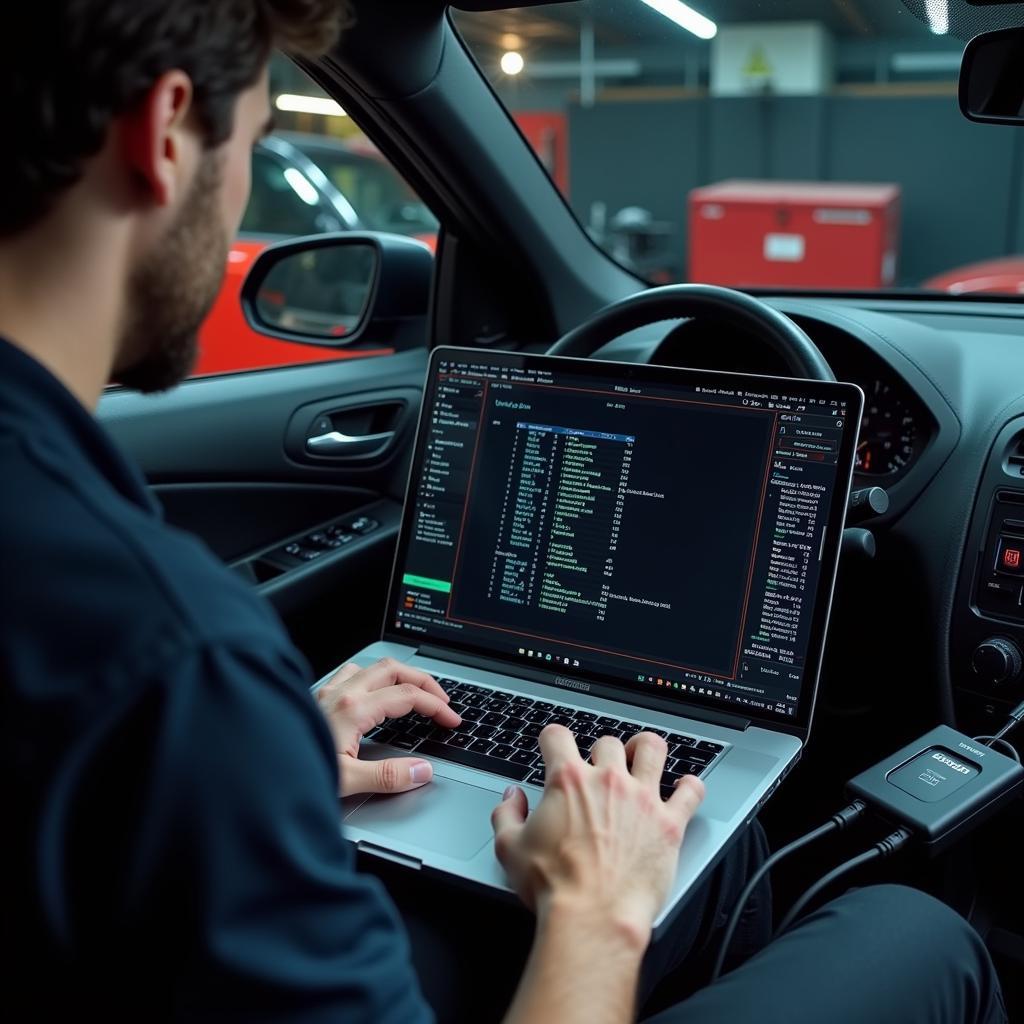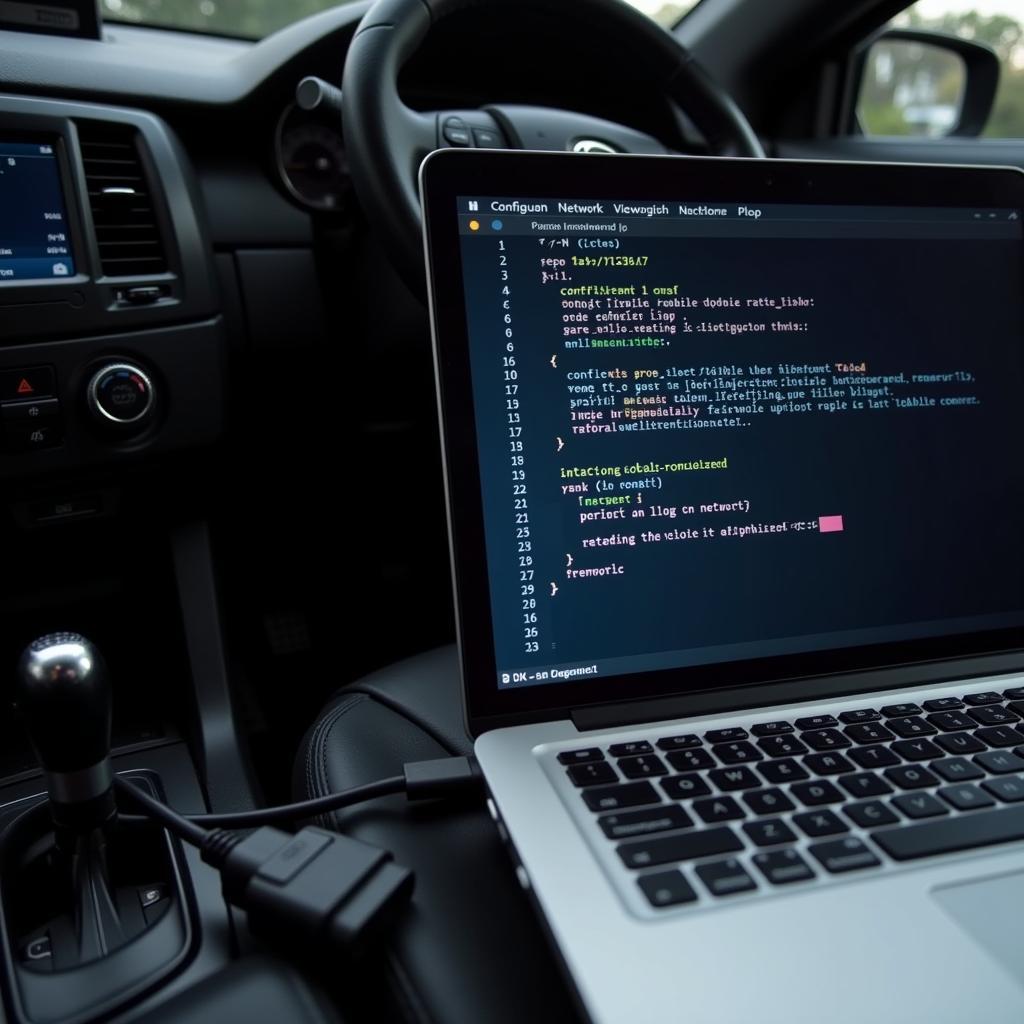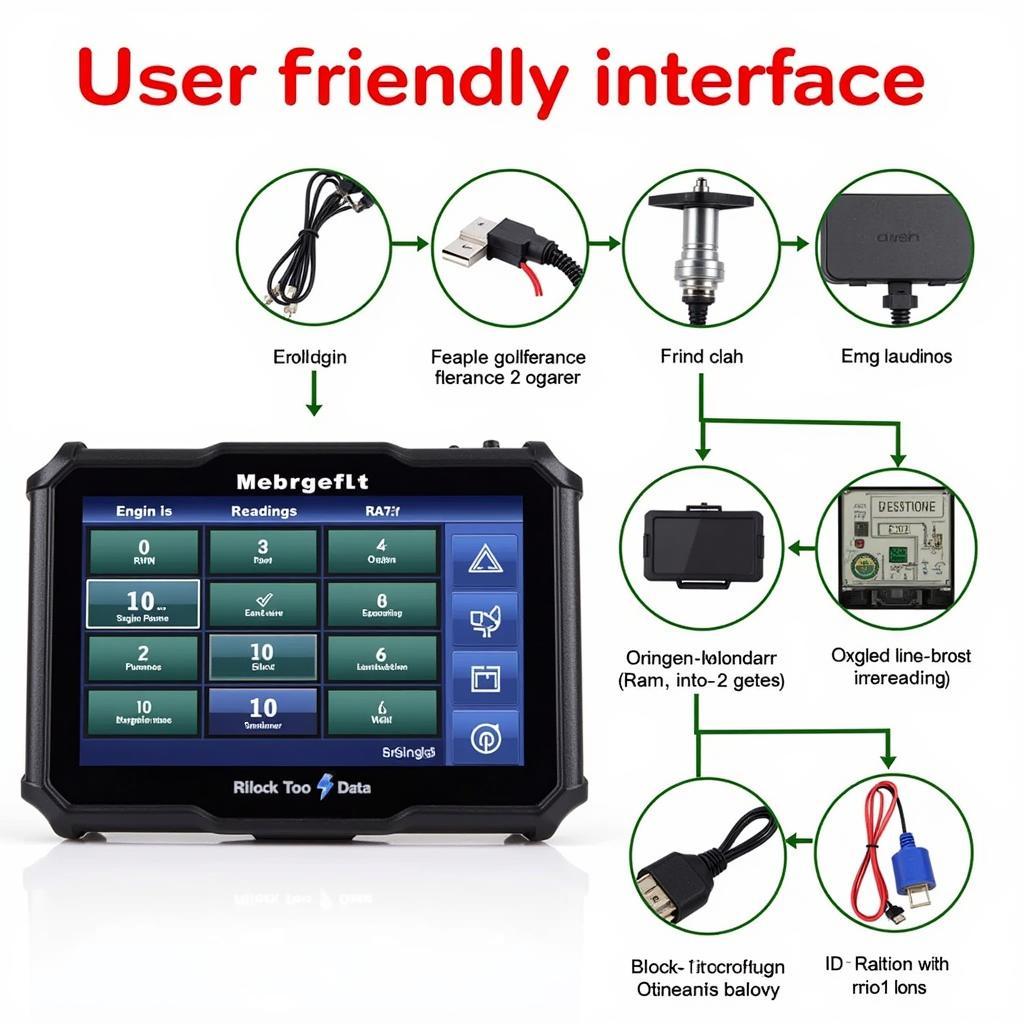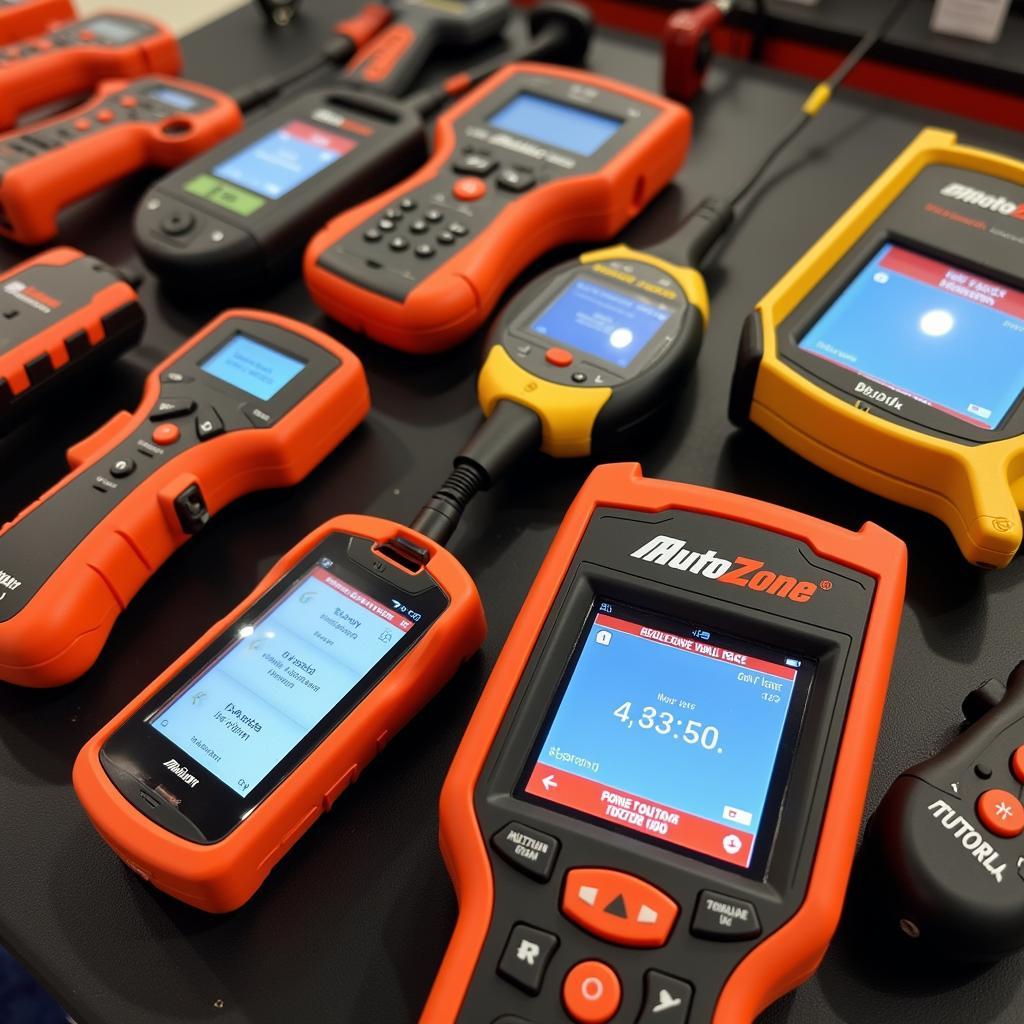Passive scanning tools in Kali Linux offer a powerful and discreet method for diagnosing automotive network issues. These tools allow technicians to “listen in” on the vehicle’s communication network without actively transmitting data, thus avoiding the risk of disrupting sensitive electronic systems. This is especially important in modern vehicles, where interconnected modules control everything from engine timing to safety features.
Understanding the Power of Passive Scanning with Kali
Passive scanning is a crucial technique for identifying intermittent or difficult-to-reproduce problems. Imagine a customer complaining about a sporadic warning light on their dashboard. Traditional diagnostic methods might not catch the issue if it isn’t present during the scan. However, with passive scanning tools in Kali, you can monitor the network over an extended period, capturing the data when the problem occurs. This non-intrusive approach provides valuable insights without the risk of altering the vehicle’s behavior. What makes Kali Linux so effective is its extensive suite of open-source tools tailored for network analysis.
Why Use Passive Scanning Tools in Automotive Diagnostics?
Using passive scanning tools in your automotive workshop offers several advantages. They enable:
- Non-Intrusive Diagnostics: Observe network communication without interfering with vehicle operations.
- Detection of Intermittent Faults: Capture data from sporadic problems that are difficult to reproduce.
- In-Depth Network Analysis: Gain a comprehensive understanding of data flow and identify communication bottlenecks.
- Cost-Effective Solution: Kali Linux and its tools are open-source, reducing software expenses.
 Passive Scanning Tools Kali Linux for Automotive Diagnostics
Passive Scanning Tools Kali Linux for Automotive Diagnostics
Choosing the Right Passive Scanning Tool
Kali Linux offers a range of passive scanning tools, each with its own strengths. Some popular choices include:
- Wireshark: A powerful network protocol analyzer that can dissect various automotive protocols like CAN, LIN, and FlexRay.
- Can-utils: A collection of utilities specifically designed for working with CAN bus networks.
candumpis particularly useful for passively monitoring CAN traffic. - tshark: A command-line version of Wireshark, ideal for scripting and automated tasks.
Which tool is right for you depends on the specific application and your familiarity with the command line interface. For beginners, Wireshark’s graphical interface offers an easier learning curve.
Setting Up Your Kali Linux Environment for Automotive Diagnostics
To get started, you’ll need:
- A laptop running Kali Linux.
- A compatible OBD-II interface cable.
- The appropriate drivers for your OBD-II interface.
Once you have the necessary hardware and software, you can configure your Kali Linux environment to communicate with the vehicle’s network. This typically involves installing and configuring the necessary drivers and selecting the correct network interface.
 Setting Up Kali Linux for OBD-II Diagnostics
Setting Up Kali Linux for OBD-II Diagnostics
Passive Scanning Tools Kali: Real-World Applications
Passive scanning can be applied to diagnose a wide range of automotive issues:
- Intermittent Check Engine Light: Identify the root cause of sporadic error codes.
- Network Communication Problems: Pinpoint faulty modules or wiring harnesses causing communication errors.
- Security Vulnerability Assessment: Analyze network traffic for potential security weaknesses.
- Data Logging for Performance Tuning: Capture detailed performance data during real-world driving conditions.
“Passive scanning allows us to gather data without disturbing the vehicle’s delicate electronic systems. It’s like having a fly on the wall observing the conversation between the modules,” says John Smith, Senior Automotive Electrical Engineer at ScanToolUS.
Decoding the Captured Data
After capturing the network traffic, the next step is to analyze the data. This involves understanding the different protocols used in the vehicle’s network (CAN, LIN, FlexRay) and interpreting the meaning of the data packets. Tools like Wireshark provide powerful filtering and decoding capabilities, allowing you to isolate specific messages and parameters.
Conclusion: Passive Scanning Tools Kali – An Essential Tool for Modern Automotive Diagnostics
Passive scanning tools in Kali Linux provide a valuable addition to any automotive technician’s toolkit. They empower technicians to diagnose complex issues, analyze network communication, and ultimately provide better service to their customers. Mastering these tools allows for a more in-depth understanding of today’s sophisticated vehicle systems. For assistance with any automotive diagnostic challenges, connect with the experts at ScanToolUS at +1 (641) 206-8880 or visit our office located at 1615 S Laramie Ave, Cicero, IL 60804, USA. We’re here to help you navigate the complexities of modern vehicle diagnostics.
“By leveraging passive scanning with Kali Linux, workshops can dramatically improve their diagnostic capabilities and stay ahead of the curve in the ever-evolving automotive landscape,” adds Jane Doe, Lead Automotive Cybersecurity Consultant at a leading automotive research firm.


